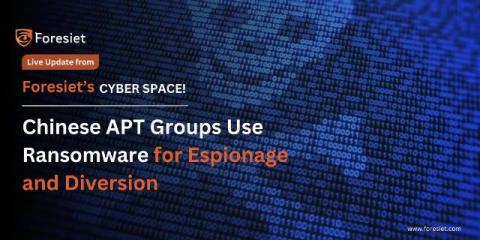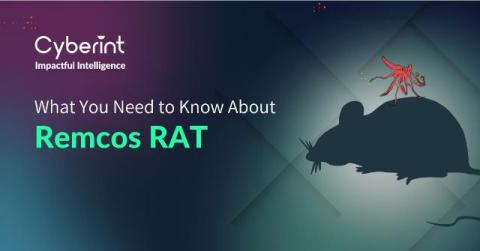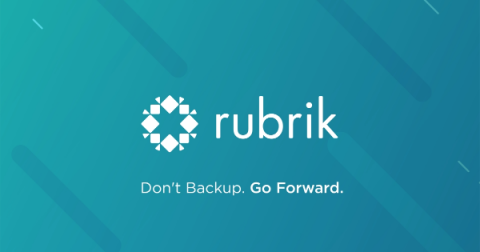How to Navigate the Digital Landscape Safely
As cyber threats become increasingly sophisticated, it is essential to be proactive about protecting your personal information and ensuring your online activities remain secure. From social networking and online banking to telecommuting and e-learning, the digital realm offers unparalleled convenience and opportunities. However, this convenience comes with its own set of risks. Understanding how to protect yourself online is crucial for maintaining privacy, security, and overall well-being. We are listing below some essential tips for safely navigating the digital landscape.











